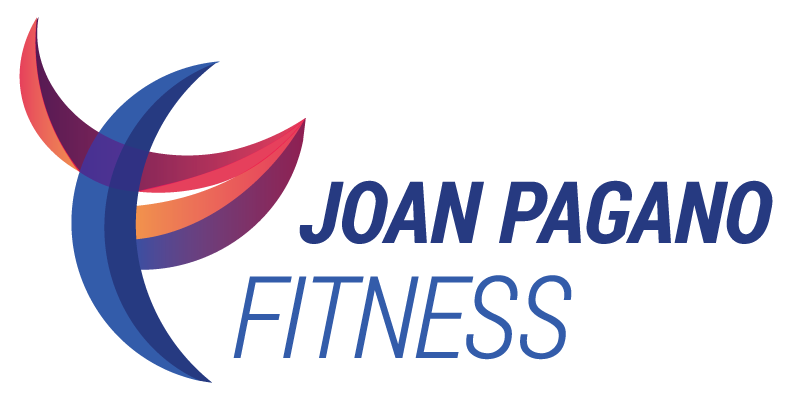May is Osteoporosis Awareness Month: Answers to Your Bone Health IQ Test
How did you do on the Bone Health IQ Test in last week's blog? If it raised your awareness of your personal risk for developing osteoporosis, you get a gold star! Here are the answers to the questions:
1. Primary risk factors for osteoporosis include gender and age.
True: Being female and of older age are two top risk factors.
2. Osteoporosis is an inevitable part of the aging process. All women in their 80s have this disease.
False: While it true that osteoporosis becomes more common with age, it is not true that every older person gets it. About half of women in their 80s have it.
3. Prolonged low estrogen levels – such as those seen in young women who exercise or diet excessively and in postmenopausal women – may cause irreversible bone loss.
True: In women, the sex hormone estrogen protects bones. Low estrogen at an early age is just as damaging to the bones as low estrogen after menopause. You may never be able to recoup the lost bone.
4) Sedentary individuals in general have less bone mass than exercising individuals.
True: People who are bedridden, are inactive or do not exercise are at high risk for osteoporosis.
5. It’s normal to lose height with age, so don't be alarmed if you're shrinking.
False: Loss of height of more than one inch is cause for concern. Vertebral fractures can cause height loss and when there is no pain, you may not be aware that you have them.
6. Thin women with small frames are less likely to develop fractures from osteoporosis because their bones are not stressed by excess weight.
False: Small, thin bones are more fragile and vulnerable to fracture.
7. Peak bone mass, which is achieved by age 30, is a significant determinant for risk of fracture over the lifetime.
True: Peak bone mass is the point at which you have the greatest amount of bone you'll ever have. From this time on, you begin to lose bone very gradually. More "bone in the bank" means better protection once bone loss begins.
8. You should have a bone density test if you are 50 or older and have broken a bone in a minor injury.
True: You can't feel your bones growing weaker. Often, breaking a bone is the first clue that you have osteoporosis.
9. Calcium and appropriate exercise are both important for bone health. If you are calcium deficient, you can compensate by exercising harder.
False: Calcium and exercise have an additive effect on bone. Exercise stimulates new bone growth and calcium mineralizes the new bone.
10. If you are diagnosed with osteoporosis, you should immediately begin doing vigorous exercise, pushing yourself to your point of tolerance.
False: If you’ve been diagnosed, you want to protect the spine and avoid falls. Switch to low impact activities (walking, elliptical, cross country ski, etc.) and lift lighter weights with higher repetitions. Balance training is important for fall prevention.

